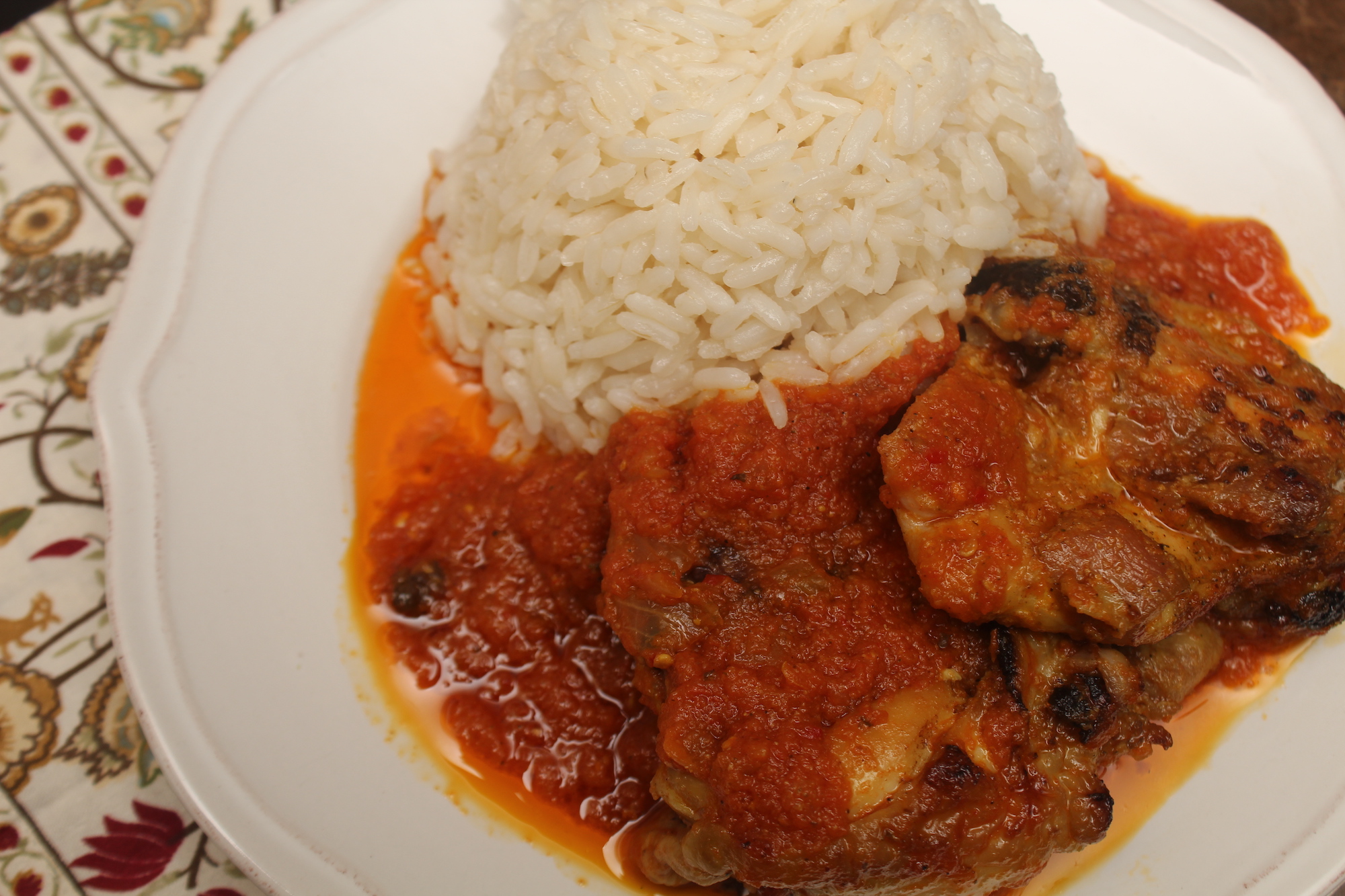Explore Rice, The World's Number 1 Staple
Rice is by far the number one staple in the world. It is the favourite for many across the Asian and African continents, feeding more than half of the world's population. Explore the different ways you can eat rice.
Rice is definitely my number one grain. I am very delighted to talk about it here. For me, any diet that excludes rice, is almost impossible for me to sustain. And billions across the globe may share the same sentiments. It is also a powerhouse of nutrients.
In some cultures, rice is everyday food. The processing after harvesting, and the cooking of rice are considered sacred. We are not going to discuss the religious connotations here, but concentrate on the cooking of rice.
There are generally four methods of cooking rice. Although, some may argue that they are a lot more, but I think they all fall within one of the methods that we would cover here.
Should You Rinse Rice Before Cooking?
Yes, it is always good to rinse rice for two reasons. One, rinsing removes debris and any residue from the bag or residue from processing from the rice. The other reason for rinsing is that rinsing removes most of the surface starch and makes the rice less sticky.
The disadvantage of rinsing some rice like scented rice or rice with added nutrients is that you lose some of the nutrients and scent. But generally, it is good to rinse rice.
Should You Soak Rice Before Cooking?
The idea of soaking rice was kind of strange to me until I started trying out recipes from other culture. Now, I know you may soak rice depending on the type of rice and the texture you are after. Generally. wholegrain rice may require soaking to reduce cooking time and improves the flavour of the end result. For most white rice, soaking is not required.
Method Of Cooking Rice
The four methods of cooking rice discussed here are:
- Boiling
- Steaming
- Pilaf
- Risotto
You will see many recipes on this site using these methods. Many rice companies give you cooking guide so you do not need to guess. Use a heavy based pot with a tight-fitting lid to trap the moisture in the pot as you need this to properly cook the rice. Let us look at each method:
Boilling Method
|
Servings: 4-6 |
Prep Time: 5 min |
Cooking Time: 30 min |
Ingredients
- 2 cups of basmati rice
- 1 tablespoon butter or oil
- salt to taste
Method
Bring plenty of water to a boil over medium heat 10 minutes
Add the rice and salt and continue cooking for ten minutes.
Reduce to simmer for another 10minutes (check very often, until rice is cooked tender to your desired consistency).
Drain the excess liquid in coriander.
Return rice to the pot and add a bit of oil or butter. Stir and leave on the stove for about 3-5 minutes.
Turn off the heat. Allow to rest for about ten minutes then, fluff and serve.
Note: Rice absorbs whatever flavour you add to it while cooking. Add spices like cumin, bay leaves, cardamon etc.
You could also enhance the taste of your plain rice by adding fresh herbs, dried fruits or nuts after cooking. You can take plain rice to another level depending on what you add. Rice should never be boring.
Recipe provided by www.AfricanFoods.co.uk
Steaming Method
|
Servings: 4-6 |
Prep Time: 5 min |
Cooking Time: 20 min |
Ingredients
- 2 cups of long grain rice
- 5 cups water or stock of choice
- salt to taste
Method
This method requires specific amount of liquid to rice. The ratio I use is two to two and half of liquid to every cup of rice. Like the method before it use a tight-fitting pot.
Rinse the rice in cold water using a coriander.
Transfer rice and liquid to pot and bring to a boil over medium heat. Reduce heat to simmer until liquid is absorbed and rice tender. 15-20 minutes.
Turn off heat and rest, then, fluff and serve with your favourite sauce or curry.
Recipe provided by www.AfricanFoods.co.uk
Check out next post for Pilaf or pilau recipe. If you like this post remember to share on social media and tag us in your photos on social media.
And also subscribe to newsletter below:
Did You Try This Or Have Anything To Share?
Want to share your rice photo? Please share it!
Want regular updates on African cuisines and food recipes? What about unique health information about these foods - what to eat and avoid to keep healthy from the list of African recipes available?
Fill in the form below to subscribe to our Newsletter - AfricanFoods Weekly?
Worried about spamming? We are too. We will never ever give or pass on your information to anyone else. We will only use your email address to send you your copy of our weekly newsletter. We do have a zero tolerance to spam. We subscribe to a very strict policy on the handling and use of information we gather on this site! We also get paid for affiliate links on this site. See our privacy policy for further details.
Follow us on social media:
Get Our Weekly Newsletter. Subscribe Today. It's FREE.
Subscribe to African Foods Weekly
Get African food recipes, cooking tips, and healthy eating info delivered to your inbox every week. Simply fill in your email below and click SUBSCRIBE .
(Your information will not be shared)












New! Comments
Have your say about what you just read! Leave me a comment in the box below.